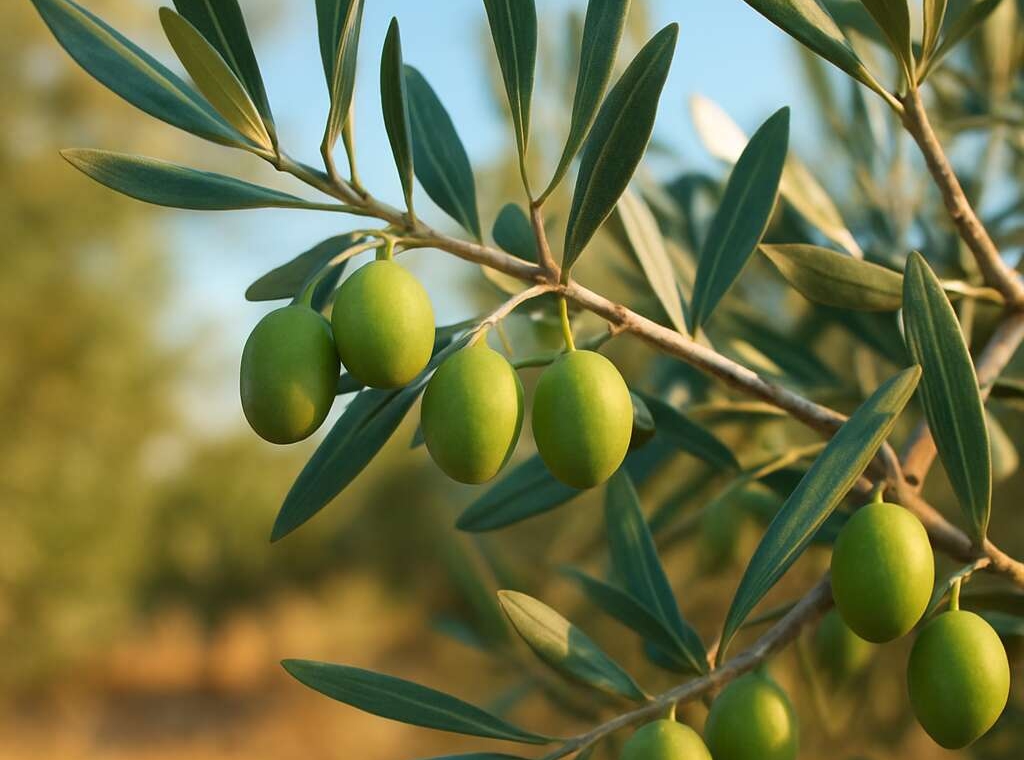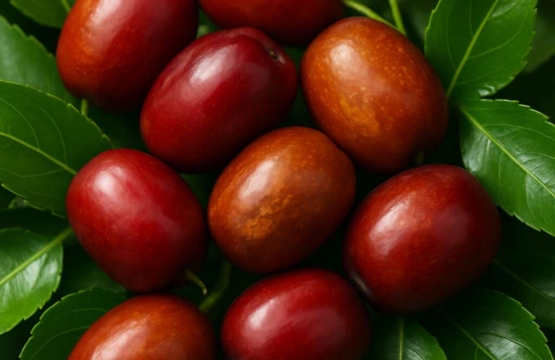Cyprus Olive overview: taxonomy, cultivation, and uses
Taxonomy, origin, and characteristics
Cyprus olives aren’t just fruit; they’re architecture for a sun-drenched island. They thread through groves and kitchens alike, proof that taste travels as far as the road to Paphos.
Taxonomy, origin, and characteristics knit a tidy narrative: Cyprus Olive Olea europaea subsp. cypria is native to island soils, adapted to limestone and sun. This subspecies sits within Olea europaea and carries a compact canopy, small to medium fruit, and resinous oil notes that echo Cypriot summers.
- Taxonomic placement: Olea europaea subsp. cypria
- Origin: Cyprus and Eastern Mediterranean islands
- Distinct traits: small fruit, robust drought tolerance, lively oil profile
Cultivation and uses: In Cyprus, the tree thrives in olive groves and backyards, delivering olive oil and edible fruit. It suits both traditional table olives and premium oil markets, with harvest timing that respects the island’s rhythms and cuisine.
Cultivation in Cyprus
“The olive is the island’s heartbeat,” a refrain that rings through Cypriot groves where limestone soils meet the sun. Cyprus Olive Olea europaea subsp. cypria grows with a quiet tenacity, shaping orchards and kitchens in equal measure.
In Cyprus, the tree thrives in both hillside groves and backyards, offering fruit for the table and oil for the press. It lends itself to traditional table olives and premium oil markets, a marriage of local soils and seasonal timing.
- table olives with a crisp bite
- high-quality olive oil with lively resinous notes
- culinary applications from mezzaluna to bread
Harvests honor island rhythms, yielding products that echo sunlit summers and shared meals, where every bottle and jar carries a fragment of Cypriot heritage!
Culinary uses and oil and product profiles
Cyprus Olive Olea europaea subsp. cypria turns the island into a living archive, where the sun carves patient silhouettes into ancient trunks. “Oil is memory pressed into gold,” locals whisper, and the fruit answers with quiet tenacity, shaping kitchens and groves alike as dusk settles over terraced hillsides.
Cyprus Olive Olea europaea subsp. cypria sits at the heart of Cypriot terroir, a named subspecies within Olea europaea that carries the island’s genetic memory. It flourishes in limestone soils and sunlit slopes, offering resilient fruit suited to both table and press.
In cultivation, the tree favors hillside terraces and modest backyards, where patient care and precise timing yield balanced crops for harvest and for premium oils. Its endurance echoes the island’s seasonal rhythm, a quiet pact between soil, sun, and time.
Uses and product profiles unfold in a sensory spectrum that begins with culinary uses and ends with oil notes.
- table olives with a crisp bite
- high-quality olive oil with lively resinous notes
- culinary applications from mezzaluna to bread
Economic importance, conservation, and market
Cyprus Olive Olea europaea subsp. cypria anchors the island’s living orchard saga. As a named subspecies within Olea europaea, it carries the island’s genetic memory—sun-burnished, limestone-loving, and quietly steadfast. Centuries-old trees dot the landscape, some older than 300 years, offering a fruit suited to both table pleasures and press-worthy oils.
Economic importance radiates from sturdy, family-run groves and premium products that travel from Cypriot markets to discerning EU shelves. For Cyprus Olive Olea europaea subsp. cypria, conservation means safeguarding its lineage through mindful management, clonal selection, and terraced cultivation that honors soil, sun, and time.
Market dynamics reward authenticity and terroir: oils with resinous, green notes; olives with crisp bite; and a story that resonates with visitors to island groves.
- Premium olive oil production
- Table olives for direct markets
- Conservation and agrobiodiversity
History, culture, and tourism in Cyprus
In Cyprus, some olive trees are older than the republic itself, a quiet archive of sun and limestone. The Cyprus Olive Olea europaea subsp. cypria stands as a living thread in the island’s botanical tapestry, a named subspecies within Olea europaea that speaks to place without shouting its pedigree. This subspecies anchors on terraced slopes and limestone soils, nourished by patience that rewards time with character rather than abundance.
Historically, olives threaded Cyprus through trade, faith, and ritual. In modern culture, olive trees frame village life and tourism: visitors wander groves, attend harvest festivals, and linger at small presses where oil speaks in resinous notes. The legacy extends to crafts, cuisine, and storytelling that invite travelers to touch the land’s memory.
For Cyprus Olive Olea europaea subsp. cypria, the island is more than soil and sun; it’s a living classroom where taste and time converge, inviting exploration beyond the grove.




